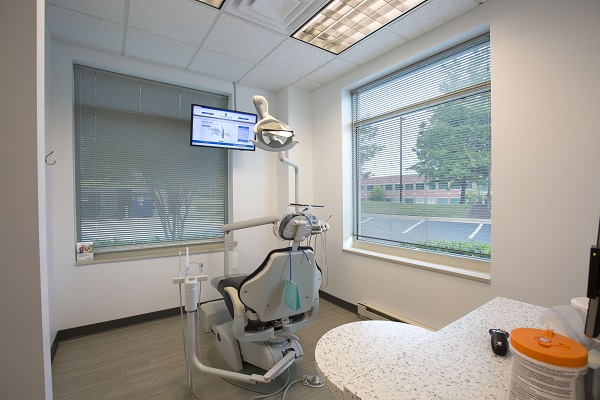Where Does the Bone Come From for a Bone Graft Procedure?

A bone graft of the jaw may be necessary before a dental implant can take place. An implant needs a sufficient amount of bone to bond with, but tooth loss can cause this to break down. Therefore, sometimes it is necessary to build the jawbone back up to protect the integrity of the implant.
Types of bone graft material
Material for a graft can be either natural or synthetic. Sometimes a surgeon harvests material from a patient's own bones, or it can also come from an outside source.
Xenograft
A xenograft involves material that comes from the bone of an animal. There are several animals from which xenograft material can be taken. Equine xenograft, taken from the bone of a horse, is a common graft material.
Microscopically, human bone and equine bone are very similar, making it a better match. As an added advantage, compared to human bone, equine bone dissolves more slowly. This helps to maintain the integrity of the graft and prevent it from failing. Equine bone xenograft may be used alone or mixed with human bone material.
Allograft
An allograft is any graft material that comes from an outside source other than an animal. Synthetic allograft is created artificially from materials that are similar to bone, such as collagen and certain proteins. Natural allograft comes from a human donor, typically a cadaver.
There is a greater risk of rejection with an allograft or a xenograft than with an autograft. An allograft may also take longer to form a bond with the existing jawbone. However, assuming that the procedure does take, allograft and xenograft only require one surgery each, while autograft requires two.
Autograft
An autograft is bone material that comes from another location in the human body. There is less chance of rejection with an autograft because it involves the patient's own cells, which the immune system should recognize and accept. However, an autograft does require a second surgical site to harvest the necessary bone material. This takes place in areas where the patient has some extra bone to spare, and where the graft can be harvested easily. The chin and the hip are frequent collection sites.
Reasons for bone grafting
Bone grafting is not always required prior to a dental implant procedure. However, it may be necessary if extensive bone loss has taken place. Bone loss is a gradual process that begins as soon as a tooth comes out. When a tooth is missing, the jaw no longer receives the same strengthening benefits from chewing. The alveolar bone forms the socket that supports the tooth. With no work to do when the tooth is missing, the socket starts to atrophy.
Conclusion
A successful dental implant requires strong bone with which to integrate. However, the missing tooth causes gradual loss of bone in the jaw. Though it takes time to become noticeable and problematic, bone loss begins immediately after the tooth goes missing. A dental bone graft can rebuild the bone so that it can properly support the implant. Autograft is bone material harvested directly from the patient, xenograft comes from an animal, and allograft comes from another outside source, either a human donor or artificially created synthetic material.
Request an appointment here: https://www.titandentalcare.com or call Titan Dental Care at (703) 745-3227 for an appointment in our Sterling office.
Check out what others are saying about our dental services on Yelp: Bone Graft in Sterling, VA.
Related Posts
A bone graft might be necessary when you are getting ready to have a dental implant placed. When you lose a tooth, the jawbone begins to deteriorate shortly afterward. If there is not enough bone to support a dental implant, all is not lost. Bone grafting can help to build the jawbone and give you…
Dental bone grafts are often necessary dental procedures. They can help solve a lot of problems such as missing tooth replacement or diseased gums treatment. Thankfully, with the help of modern dentistry, the technology used for dental bone grafts has expanded tremendously.If you want to know more about dental bone grafts, you may find this…
Dental bone grafting is a treatment used to shape, restore, repair or strengthen the bones that support our teeth. It is used to add bone mass to a jawbone that is malformed, worn out, weakened or injured.Just by listing some uses of dental bone grafting, we can already visualize situations where a dentist, periodontist or…
A dental bone graft is sometimes necessary when getting implants. The procedure is nowhere as scary as it sounds, and it is usually done when a patient does not have enough healthy bone tissue to support the installation of implants.Implants are one of the most popular prosthetics used to replace missing teeth. These devices function…


